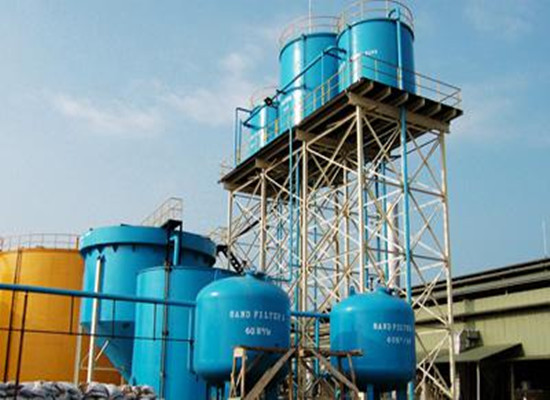How to treatment raw palm oil mill effluent (POME)?

Raw water treatment station
Leave A Message
If you want to know more information about How to treatment raw palm oil mill effluent (POME)? . pls kindly leave your phone number, We will back to you ASAP once we got your message.
contact us
Palm Oil Extraction FAQ
-
 How to start a palm oil milling and processing plant?
How to start a palm oil milling and processing plant?
-
 How to start a palm oil processing business in nigeria?
How to start a palm oil processing business in nigeria?
-
 How to produce refined vegetable oil from palm kernel oil?
How to produce refined vegetable oil from palm kernel oil?
-
 What are the steps in palm oil production?
What are the steps in palm oil production?
-
 FAQs About Palm Kernel Oil Extraction Machines
FAQs About Palm Kernel Oil Extraction Machines
-
 What Are the Benefits of Using a Professional Vegetable Oil Refining Machine
What Are the Benefits of Using a Professional Vegetable Oil Refining Machine
-
 Henan Glory 1T/H Plug-and-Play Palm Oil Press Unit
Henan Glory 1T/H Plug-and-Play Palm Oil Press Unit
-
 Step-by-Step Process: How a Palm Kernel Oil Refining Machine Works
Step-by-Step Process: How a Palm Kernel Oil Refining Machine Works
Products




